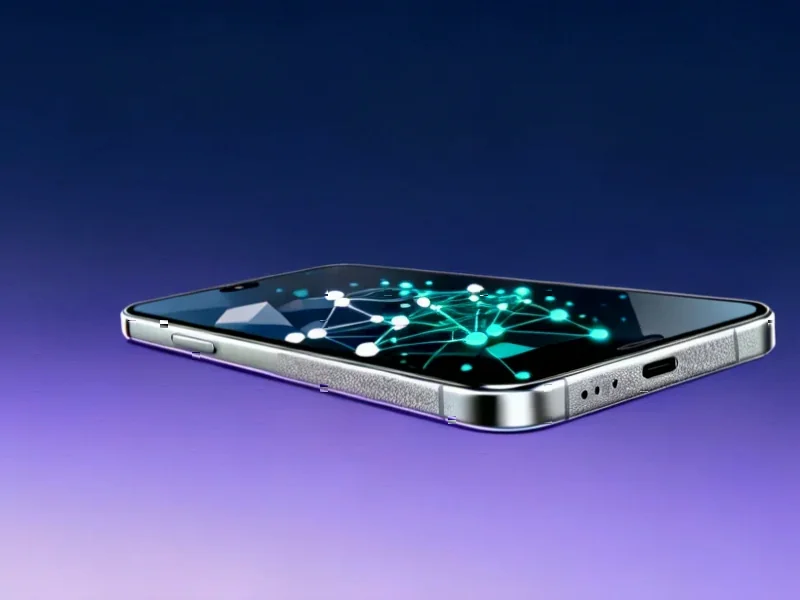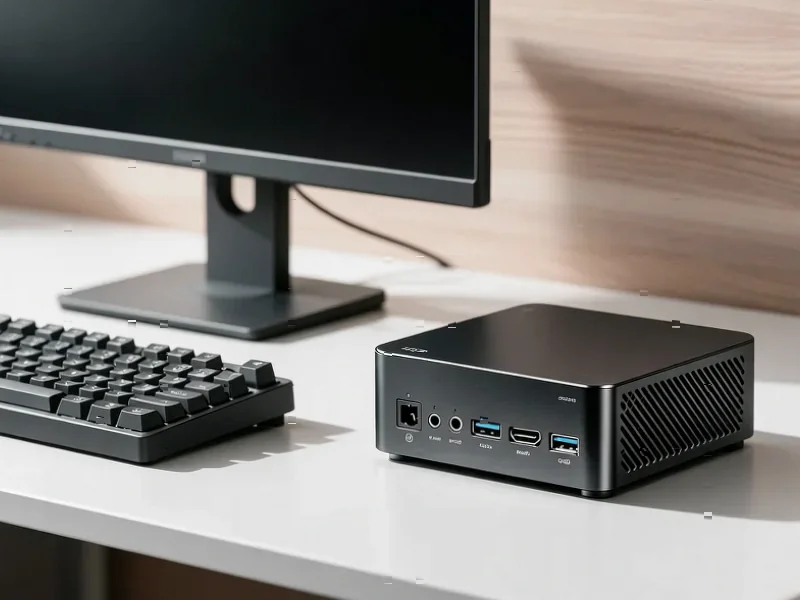According to Digital Trends, Samsung may host its next Galaxy Unpacked event in San Francisco on February 25, 2025, representing a significant one-month delay from the company’s typical late-January flagship launches. The report from South Korean outlet Money Today cites an unnamed Samsung official who explained that San Francisco was chosen specifically because it has “emerged as a center of AI technology,” making it the optimal location for showcasing Samsung’s AI smartphone initiatives. This scheduling shift could mean Galaxy S26 devices wouldn’t reach consumers until early March, potentially delaying Samsung’s next major One UI update for existing devices as well. The delay appears connected to broader product strategy changes, including the rumored return of Exynos chipsets across all models and lineup adjustments that may see the Edge model dropped in favor of a Plus variant under a new name.
The AI Location Choice Speaks Volumes
Samsung’s reported decision to move its flagship launch to San Francisco represents more than just venue selection—it’s a strategic declaration of intent in the AI arms race. By positioning the event in the heart of Silicon Valley, Samsung is directly challenging Google, Apple, and the startup ecosystem on their home turf. This geographical statement suggests Samsung plans to showcase AI capabilities that go beyond the current Galaxy AI features we’ve seen, potentially including more advanced on-device processing, new partnerships with Bay Area AI companies, or even developer-focused AI tools that could compete with Apple’s Core ML and Google’s TensorFlow Lite. The timing is particularly strategic, coming just after CES in January but before Mobile World Congress in late February, giving Samsung maximum visibility for its AI narrative.
Why February Matters Beyond Consumer Wait Times
The one-month delay creates ripple effects across Samsung’s entire ecosystem. From a supply chain perspective, this extra time could be crucial for ensuring adequate production volumes of the rumored Exynos chipsets across all models, which represents a significant shift from the mixed Snapdragon/Exynos approach of recent years. For developers, the delayed One UI update means extended testing cycles and potentially more polished software at launch. Competitively, this timing places Samsung’s launch closer to potential spring announcements from Chinese manufacturers like Xiaomi and Oppo, setting up direct comparisons in the premium Android segment. Most importantly, the February date gives Samsung additional development time to refine its AI features against whatever Apple announces with iOS 18 and Google reveals with its Pixel 9 series, potentially allowing for last-minute competitive adjustments.
The Bigger Picture in Samsung’s Flagship Evolution
The rumored product lineup changes—dropping the Edge model and reintroducing the Plus variant—signal Samsung’s ongoing struggle to define its premium portfolio structure. Since the Note series merged with the S Ultra line, Samsung has been experimenting with how to differentiate its flagship offerings without creating consumer confusion. The move away from the Edge branding suggests Samsung may be consolidating around a clearer hierarchy: standard, Plus, and Ultra models. More intriguing is the mention of an “even thinner flagship” potentially launching later in 2025, which could represent Samsung’s answer to the foldable market or a new form factor entirely. This staggered launch approach would be unusual for Samsung but could help maintain market momentum throughout the year rather than concentrating all flagship attention in the first quarter.
What This Means for the 2025 Smartphone Landscape
Samsung’s potential scheduling shift creates strategic implications across the industry. If Samsung moves to February, it creates a clearer runway for Chinese manufacturers to make noise at CES in January without competing for attention. It also positions Samsung’s launch closer to the traditional MWC timing, potentially allowing for more comprehensive hands-on coverage from attending journalists. For consumers, the delayed availability until March means longer decision cycles between holding out for Samsung’s latest versus opting for competitors’ devices announced earlier. Most significantly, if Samsung does indeed standardize on Exynos across the entire S26 lineup, it represents a major vote of confidence in its chipset division and could reshape the competitive dynamics between Qualcomm and Samsung’s foundry business for years to come.




